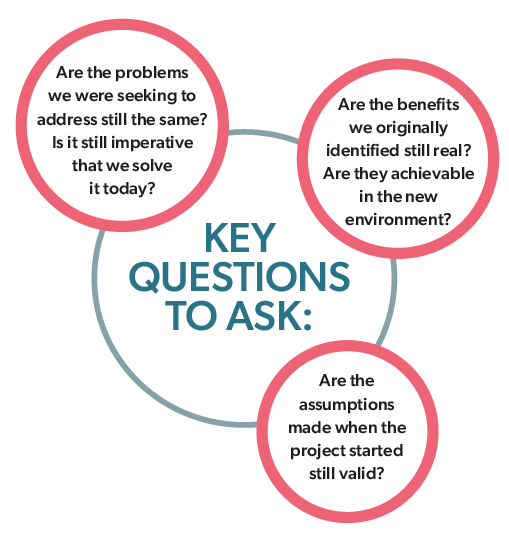As we all settle down into some form of a new normal, its important that we pause and take stock, particularly if you are on the receiving end of new expectations.
Why?
A key question we should ask is have our long-term priorities really changed? Or are we in that difficult place where we have new urgent priorities, but the importance of work we were doing prior to the arrival of COVID hasn’t really changed?
Tempting as it may be to quietly bury previous priorities down the bottom of the garden and hope that the neighbour’s dog doesn’t dig them up, it pays to look a bit more closely.
So before we dismiss our previous priorities and focus on new expectations, take a little time out to review and refresh work we put on hold.
Chances are, you put a lot of effort into that work, and you may very well find that it is still well grounded. So, no matter how unappetising it looks in the current environment, there are a few questions you should ask.
The first thing to assess therefore is whether the environment or context has really changed that much.

If the answer to any of the above is no, or is qualified, you should re-test the basis of the work. The answer to those questions will help you justify your next steps.
If the answers are yes, it still might not be the right thing to do to put it back in the work programme. The next questions you should ask include:
Is it still a priority for the organisation?
This is a challenge – as the chances are it’s not clear. (see “navigating the fog”)
However, if the decision is that it is still important work, you are not out of the woods (or the kitchen) yet.
THE NEXT QUESTION SHOULD BE:
Are there new constraints or dependencies we need to factor in? Or different ways of thinking incorporated? – And then, of course, the most important question:
What do our stakeholders think or expect?
Their context may well have changed too - so while the foundations of your project still look robust to you, it might look very different to those parties affected, interested, or dependent on it.
THIS IS NOT EASY.
The options at the end of this process might include the following
Download PDF
Sue Powell
Consulting Partner
BURIAL RITES FOR STOPPED WORK
Before you quietly deal to a project, it pays to see whether its still special to someone. Its possible that stakeholders (or worse, Ministers) are still expecting to see outcomes. It pays to be explicit about what you are doing with it, and why. If you don’t tidy it up, it risks becoming a “ghost” project - ie one that comes back to haunt you...